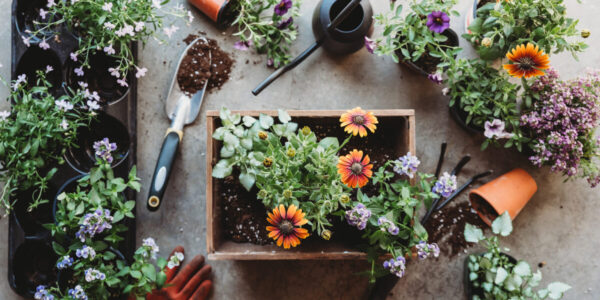
Fertilizing and nutrients
In order to thrive, plants need light, air, water, and a place for their roots to grow. They also need a continuous supply of nutrients, most of which come from the soil. When the natural supply of nutrients isn’t adequate, gardeners add fertilizer to make up the difference.
Responsible fertilizing: avoid water contamination
While many gardeners are aware that improper use of pesticides can harm the environment, they may not realize that fertilizers pose some of the same risks. Plants can only absorb a certain amount of nitrogen at one time; when you fertilize with synthetic nitrogen fertilizers, excess nitrates remain in the ground to be washed away by rain or watering. They drain into rivers, lakes, and bays, either directly (through runoff) or indirectly (by penetrating the aquifer ― the ground water ― deep beneath the soil). They increase algal growth in the water, disrupting the ecosystem.
To make sure you don’t unintentionally contaminate water sources, determine how much nitrogen is actually needed to keep plants and lawns healthy. Start out by using a low-nitrogen fertilizer, then gradually increase the percentage of nitrogen until you see satisfactory growth. You might consider switching to organic fertilizers only: with the exception of blood meal, these typically have low percentages of nitrogen, and their nitrogen is released slowly, more closely matching the plants’ needs and leaving little excess to be washed away.
